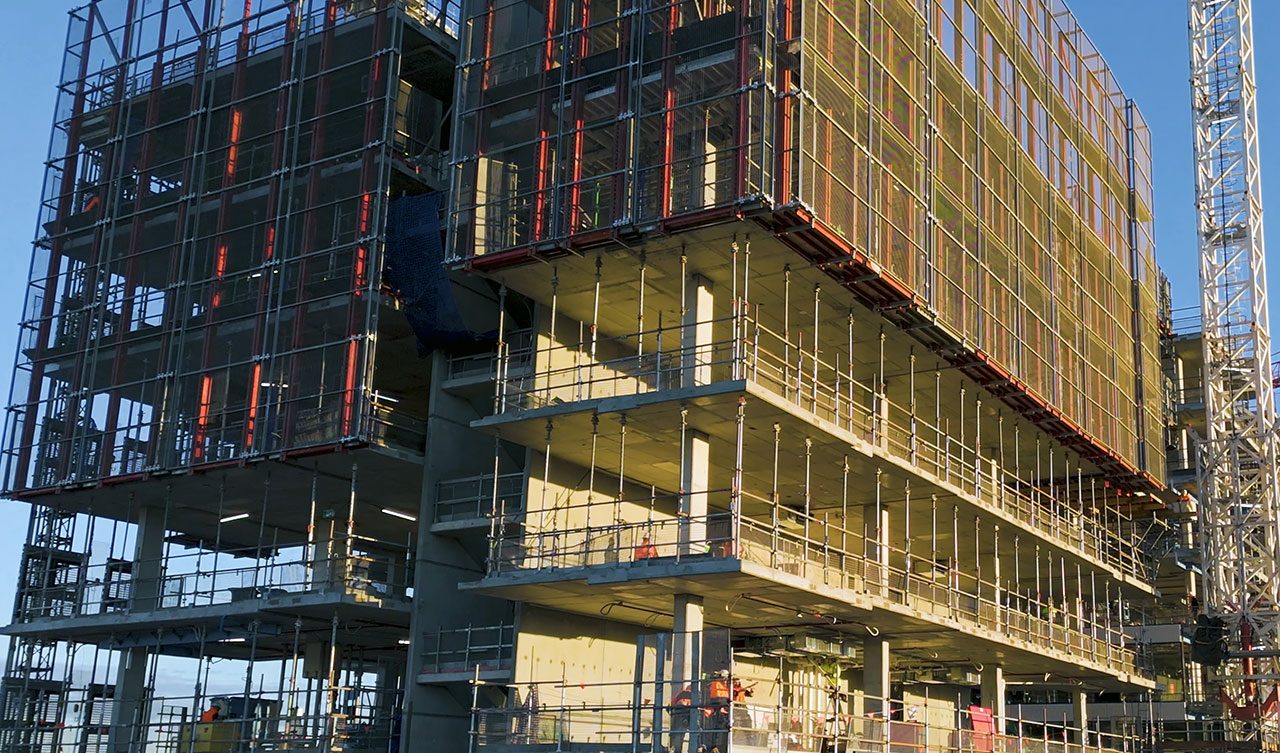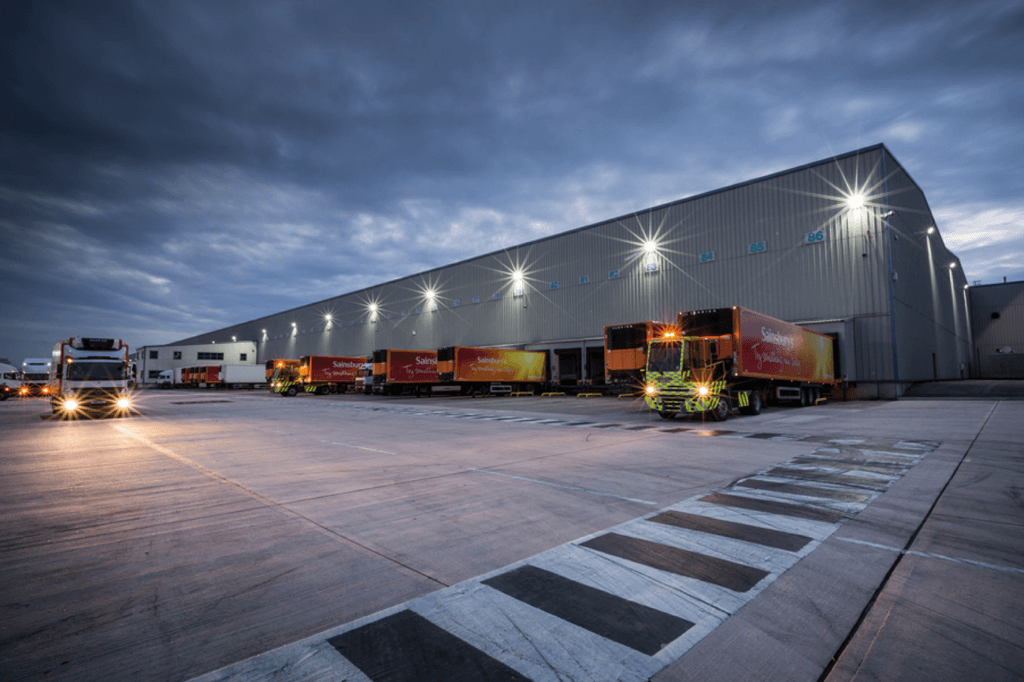This article is from the Australian Property Journal archive
CONSTRUCTION costs are expected to remain “stubbornly” elevated until at least 2027, according to WT’s latest Australian Construction Market Conditions Report, although a recovery in activity and the broader economy should become “quite apparent” before then.
WT’s three-year base-case outlook includes a forecast of an average cost increase of around 5.5% in 2024 across capital city markets for building, remaining above 5% through 2026 despite a broader moderation in construction activity, before jumping to 5.7% in 2027.
“Our base-case outlook is for recovery in construction activity and the broader economy to become quite apparent by 2026. This would make the necessary and overdue increase in sector investment more attractive, likely paying dividends in the form of downward pressure on escalation from 2028,” said Damon Roast, WT’s construction economist.
“However, labour remains the most pivotal input to cost escalation, with the outcome of recent enterprise bargaining agreement (EBA) negotiations in the larger states to underpin elevated wages growth until at least FY2027/28.”
Australia has just recorded its worst 12 months for new home builds in a decade and experts are calling for more action on labour shortages that have drained construction capacity, as the nation embarks on its ambitious National Housing Accord amid an ongoing housing crisis. BuildSkills Australia estimates the country faces the impossible task of finding 90,000 extra tradies to meet the government’s housing program targets.
Roast said the most likely implications and risks to the outlook include that housing for key workers – which includes construction workers – remains difficult to secure, costly or both, Roast said.
He said the overall view in the report is based on the premise that persistent elevated construction cost escalation is “simply not sustainable”.
“A return to the long-term escalation average heading back towards 3% is possible from 2028,” he said, “but this is contingent on the necessary investment in the sector’s capability coming through.”
“A key opportunity to encourage investment in sector capacity would be for governments to develop a rigorous, legislated medium-to-long-term project pipeline,” concludes Damon.
WT said it expects to see elevated escalation through the remainder of 2024 and well into 2025 due to construction activity, with record or near-record levels of work under construction, and a contractor landscape that is seeing record or near-record levels of contractor insolvencies and ongoing weakness in profits and margins, which have seen the risk profile for contractors and subcontractors remain conservative.
Lingering supply chain pressures are also a factor, with freight costs having this year, albeit off a low base, while there has been an ongoing global shortage of electrical components since the pandemic. The broader economic landscape has also provided an impost, with sub-par economic performance having weighed on sentiment for sector investment since the early 2010s.
From a weighted national average of 4.8% this year, WT forecasts escalation in infrastructure to move back around the 5.5% mark to 2026, remaining above 5% in 2027.
Meanwhile, the potential for ongoing Chinese economic underperformance is both a “risk and an opportunity”, with its increasing viability as a source of lower cost, high-quality building materials and some plant and equipment potentially strengthened by its economic underperformance.
“China’s recent track record of fast progress as a sophisticated producer of electric vehicles, batteries and renewable energy equipment suggests it could provide escalation relief via this avenue to Australia’s construction sector,” Roast said.
Brisbane to see highest building cost escalations
With heated competition expected for labour and resources in the lead-up to the 2032 Olympic and Paralympic Games, Brisbane is expected to see the highest building cost escalation in the coming years – from 7.5% this year, into 6.5%, 5.3% and 7.5% per year in the following three years to 2027. There is a $7.1 billion venue infrastructure program in place for the 2032 Games.
The Gold Coast will be similarly impacted, with the increasingly robust activity pipeline for also stretching availability of resources to deliver projects across all sectors, continuing to put upward pressure on escalation.
Sydney will see escalation remain stubborn due to increased unionisation of trades, the ongoing impact of regulation, strength in sectors such as health and transport, and the risk of skills flowing to Brisbane and South East Queensland, Roast said.
Likewise, Melbourne is seeing the impact of regulation and the attraction of skills to local infrastructure projects and to opportunities north of the border. State government debt profile – the most recent quarterly financial report showed net debt has risen to $140.6 billion – as well as statutory headwinds and broader economic sentiment are also weighing on conditions.
A robust pipeline of major projects in Adelaide will keep escalation elevated.
“Several of these projects require Tier 1 involvement, likely increasing the influence of EBAs and driving escalation higher,” the report said.
Perth’s healthy market fundamentals are “exacerbating” difficulties in attracting and keeping labour, with the impact of the new EBA keeping escalation at or above 5% for “some time to come”.
Meanwhile, escalation is expected to remain high in Hobart, though uneven across sectors. In major projects, escalation is likely to rise further, particularly where trades are on EBAs.





